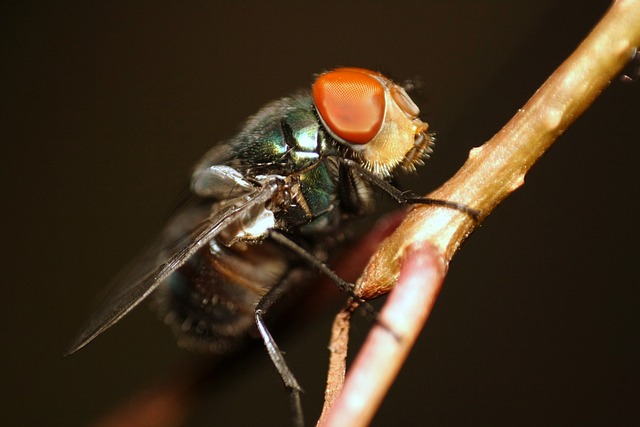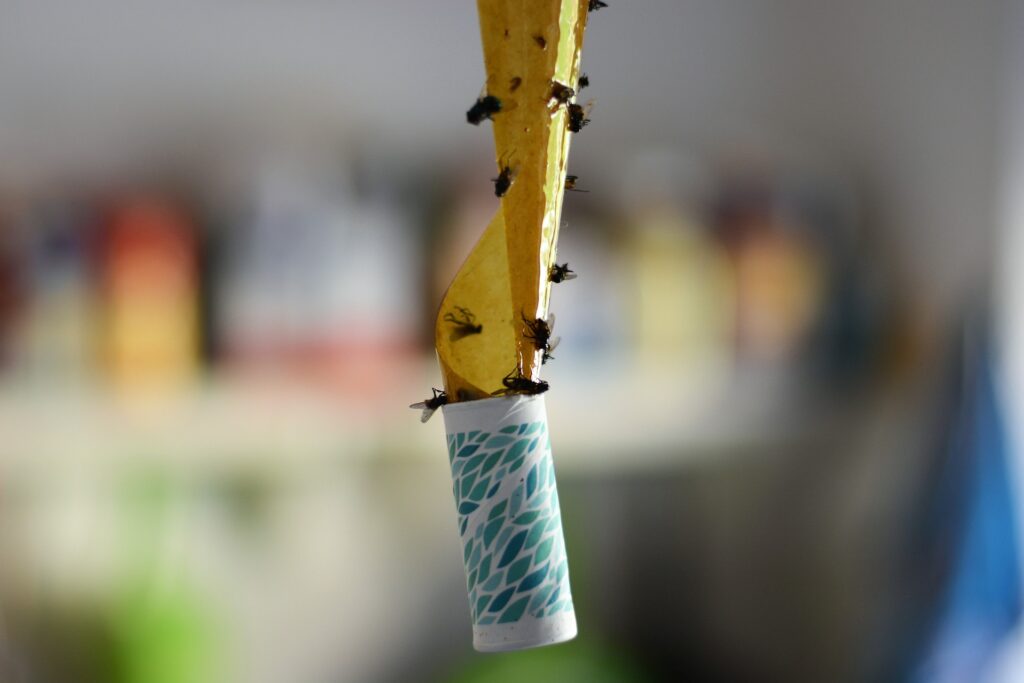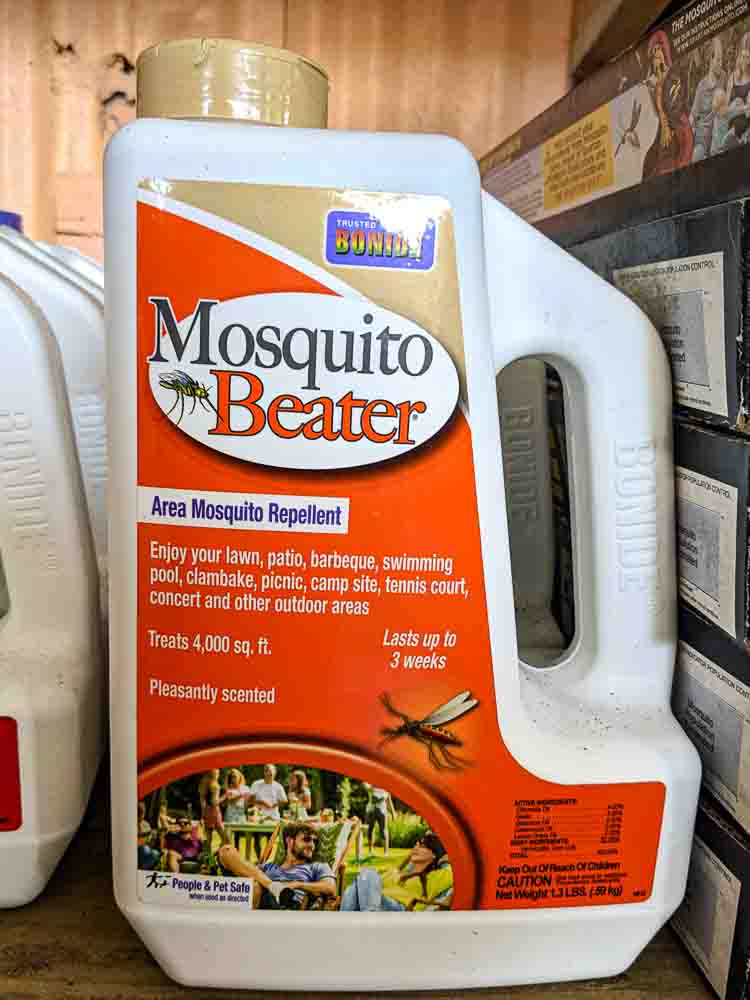by Amanda Rose Newton
Fungus gnats and flies seem to appear out of thin air, like ghosts enjoying the Neotropical temperatures and water supply your home has to offer.

It starts with just a few, and suddenly you are haunted by dozens with no end in sight!
Flies have led a very successful career as both indoor and outdoor nuisance pests. Their track record does not mean you can never enjoy indoor plants again, however, it just means you might have to change up your control tactics.
Below are our top tips for eliminating gnats from your home for good with the least amount of chemicals involved, because who wants to bring toxins indoors?
The Life and Times of Gnats
Part of the fly success plan starts with their rather simple lifecycle. All flies go through complete metamorphosis, whether we are talking about horseflies, mosquitos, or gnats. Understanding this element is key to control, as part of the success story of insects has to do with the fact that the juveniles and adults do not compete with each other for food resources- they stay in their own lanes.
The adults are the stage you are most familiar with. Believe it or not, adult flies are just around for a week before they pass. During this time, they are busy… well, getting busy and making sure to lay as many eggs as possible to keep the fly line going.
Females can lay up to 200 eggs at once, often on the surface of moist potting soil and they take a mere 3-5 days to hatch, depending on temperature. No wonder gnats are impossible to keep up with! As soon as one batch of adults bites the dust, there is potentially 200 more right behind them!
The larvas are seldom seen, and maybe that is for the best for the squeamish members of the house. Maggots are an acquired taste! This is the active feeding stage, and they will hang out in the soil for about two weeks just feasting away.
Once full, the larvae will pupate for about a week, maybe faster if you keep your home at about 77 degrees and the adults will emerge to restart this lifecycle again. Fungus Gnat Groundhog Day is every day in your household.
Lower temperatures do help slow this process down, as heat is an environmental factor that triggers developmental stages in just about every insect. The optimal temp for a fungus gnat seems to be about 75 degrees. Keep this in the back of your mind as part of your tool kit for eliminating gnats.
Tips for Getting Rid of Gnats
1. Moisture Control:
We talked about temperature already, but moisture (humidity) goes hand in hand here. Since gnats only hang out in the top 2 inches of soil, you are doing a disservice by not allowing it to dry out between waterings. The moister your soil, the more likely you will proliferate your gnat issue!
2. Soil Type:
Not all potting mixes are created equal. If you typically have gnat problems, make sure you choose a soil less attractive to them. All flies love the same materials plants do, those rich compost blends containing kelp, blood meal, etc.

The larvae need a diet of microbes and fungi in order to make it to adulthood. While it seems to go against plant needs, you may want to use a more sterile planting mix indoors to limit the amount of food you are offering your gnats.
3. Trap Adults:
There are numerous trap methods, but nothing works quite as well as the inexpensive yellow sticky trap.

Although not appealing to look at, they also serve as a monitoring tool to help see how bad your infestation is while trapping some of the pesky adults. While helpful, this will not completely alleviate the problem.
4. Biological Control Methods:
Since you are treating in an indoor environment, it is important to use the safest control possible if you feel the need to step up your treatment.
Mosquito bits, which contain Bacillus thurigiensis, are an excellent pet and child safe granular you can sprinkle into the first few soil inches.

Bt only kills larval stages of insects, so you will be targeting those impossible-to-see maggots munching on microbes in your soil. This means fewer adults to lay eggs that keep the maddening cycle going.
While annoying, it’s worth taking a moment to appreciate how efficient flies are at being, well, flies! They have centuries of success behind them and the more you know about their lifecycle, the easier it will be to control them.


